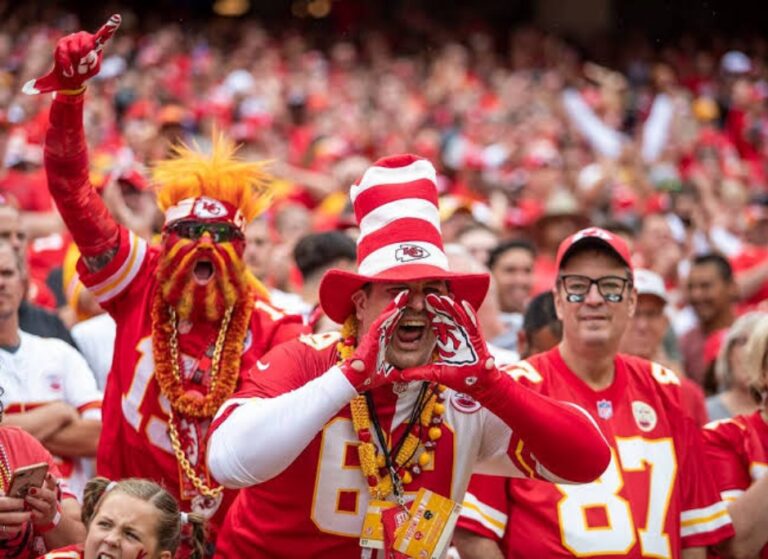A Kansas City Chiefs fan recently found himself at the center of a storm when a picture of him wearing a Native American headdress and face paint went viral. Critics quickly accused the young fan of cultural appropriation and racism, with accusations of “blackface” and disrespect toward Indigenous cultures flying across social media platforms.
However, the situation took a dramatic turn when it was revealed that the young boy was actually of Native American descent, and the headdress had significant cultural meaning for him and his family. This shocking twist sparked a heated debate about cultural sensitivity and media bias, with many asking whether the rush to judgment had gone too far.
Critics of the Kansas City Chiefs have long protested the team’s use of Native American imagery, particularly the tomahawk chop and the logo. This incident reignited those calls, but this time, the conversation was complicated by the fan’s heritage. Many Indigenous advocates, while acknowledging the young fan’s right to embrace his culture, pointed out that the issue lies with the broader use of Native American symbols by sports teams, which they argue perpetuates harmful stereotypes.
Supporters of the Chiefs argue that the fan’s heritage proves that not all displays of Native American imagery should be automatically labeled as offensive. Some have gone further to claim that the media’s portrayal of the situation was sensationalized for clicks, at the expense of a young boy’s pride in his cultural roots.
As this controversy unfolds, it’s clear that the debate over cultural appropriation, team branding, and media responsibility is far from over. For now, the Kansas City Chiefs organization has yet to make a formal comment, but with the mounting pressure from activists, it’s only a matter of time before they address the issue once again.
This story has ignited conversations nationwide, raising questions about where the line is drawn between cultural appreciation and appropriation—and who gets to decide. With passions running high on both sides, this story continues to unfold with no clear resolution in sight.
